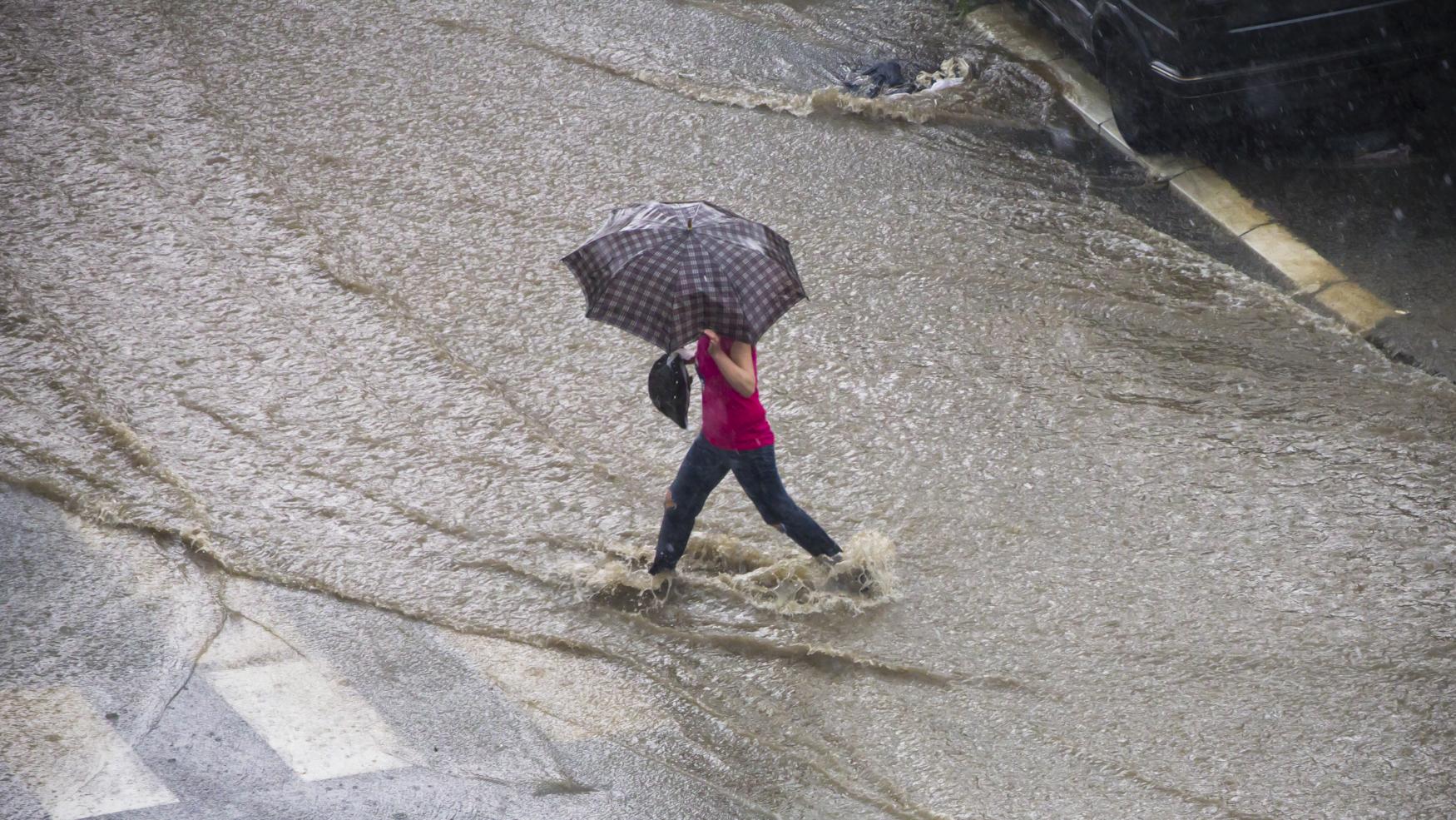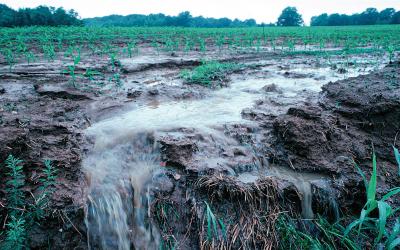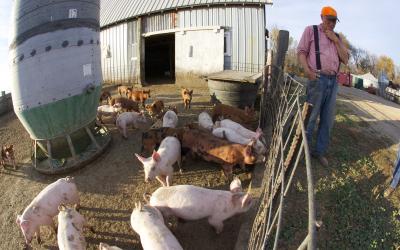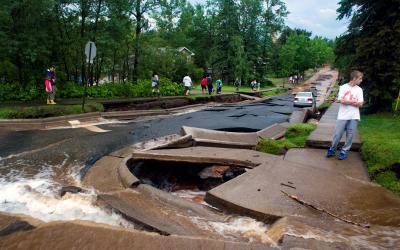Extreme precipitation events and flooding can overpower our stormwater and sewage systems and spread pathogens.
According to the Fourth National Climate Assessment, winter and spring precipitation are especially important to flood risk in the Midwest and are projected to increase by up to 30% by the end of this century. When runoff exceeds the capacity of stormwater systems, it can result in property damage, including basement backups. An extreme rainfall event can also result in the release of raw or partially treated sewage into rivers and streams.
Sewer pipes are meant to transport the liquids from our toilets, sinks, showers, and the like to a treatment plant, where the wastewater can be treated before it’s discharged to river or lake. In older sewer systems that combine sanitary sewage with stormwater, an intense rain event can overwhelm the system, forcing untreated wastewater to overflow into local water bodies. These releases, known as combined sewer overflows, pose challenges to drinking water sources like the Mississippi River and the Great Lakes.

However, even in communities with separated systems, heavy precipitation can still overload the sewer system and force wastewater facilities to release or “bypass” untreated sewage to the environment, to avoid letting it back up into homes and businesses. Record rainfall events in 2019 resulted in more than 100 Minnesota communities releasing partially treated wastewater into area rivers and streams. Untreated sewage carries pathogens and other contaminants that pose human health and ecological risks.
Intense precipitation events and flooding can transport pathogens that cause gastrointestinal illnesses, putting communities who rely on untreated groundwater (such as wells) at an increased risk of disease following a heavy rain. About one-fifth of Minnesota residents drink water that comes from private wells.
More information:
Infographic: Fourth National Climate Assessment



